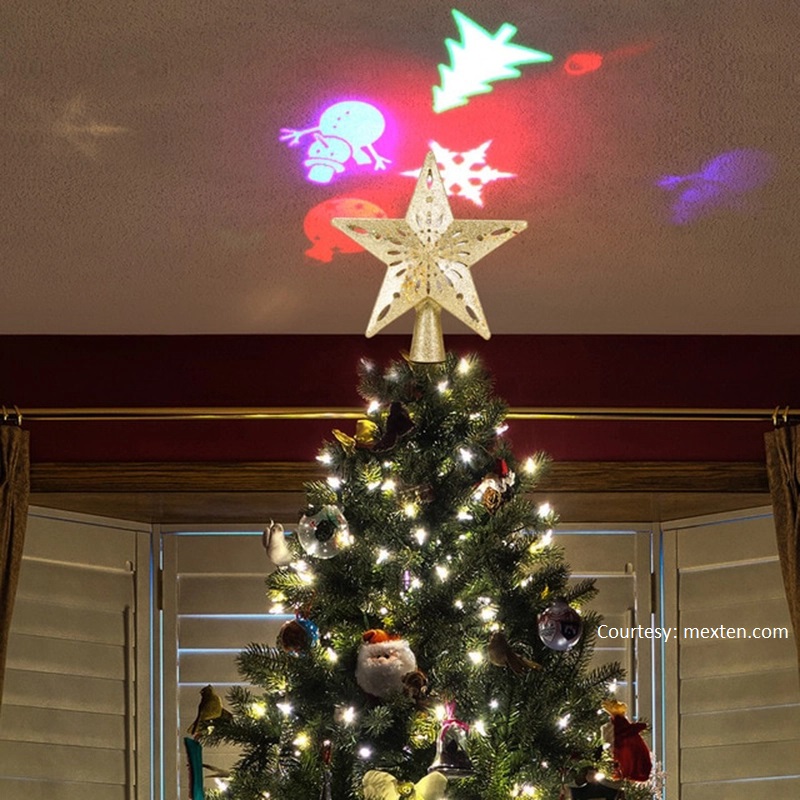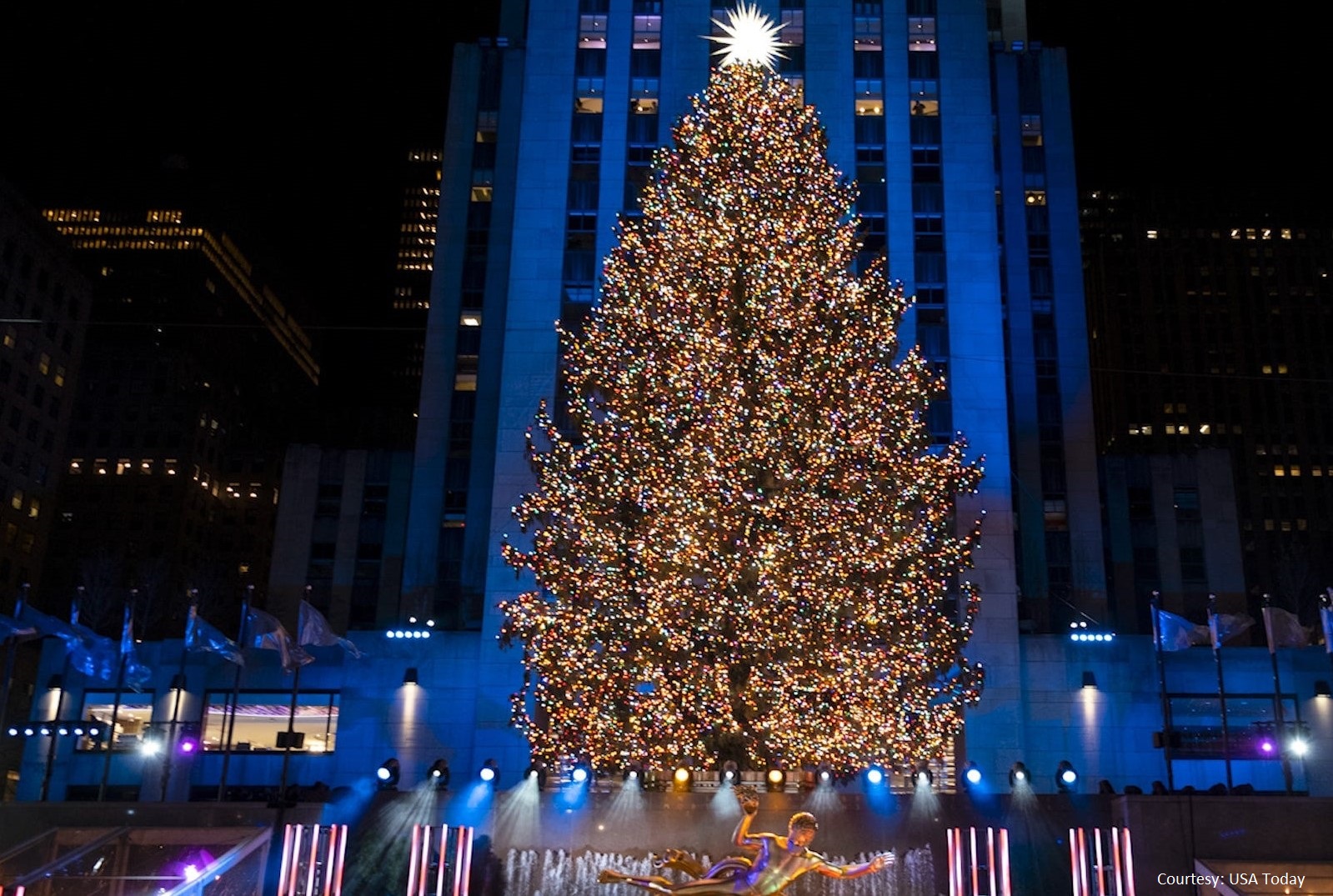
It is Christmas time! It is time for bells, carols, mistletoe, lights, gifts, plum cakes, and of course the Christmas tree. Decorating a Christmas tree is an in-dismissible tradition during Christmas.
The evergreen Christmas tree, often a pine or a fir, decorated with lights and ornaments as a part of Christmas festivities. Christmas trees can be fresh-cut, potted, or artificial. They are used as both indoor and outdoor decorations.
Did you know till a few centuries ago it was not an acceptable tradition? Strange isn’t it?
The history
Using the green leaves of an evergreen tree to decorate homes during wintertime started as a Pagan tradition, designed as a symbol of life amid the dark, cold winter nights.
It was not until the 1500s that these evergreen trees started being associated with Christmas. The tradition grew from there, and eventually, churches started putting decorated Christmas trees up as well.

The Christmas tree tradition can be traced to 16th-century Germany, where Christians began to decorate trees. The custom of decorating tree branches with candles is most attributed to Martin Luther. He was the leader of the Protestant Reformation movement in the 1500s. Legend suggests he was inspired by the stars in the night sky and wanted to re-create the scene in his own home using candlelight.

When England’s Queen Victoria and Prince Albert (who was of German heritage) were depicted in a popular newspaper in 1848 standing around a Christmas tree with their family. Then the tradition became more widely embraced. Americans were then convinced that Christmas trees were desirable holiday decorations.
Other than the candle aesthetic already established in Europe, decorations like ornaments (often glass ornaments imported from Germany) became more popular in the late 1800s. Home-made decorations like cookies and garlands (think: popcorn, berries, nuts, and more) became decorating staples.
There is an interesting fact on how the electric lights became widely accepted with help of the Christmas tree. Thomas Alva Edison invented the light bulb in 1879. But Americans were not convinced that electric lights were the way to fight the darkness in the future. So, one of his assistants Edward Johnson had an idea. Christmas trees were then decorated with candles were at risk of fire. So, he adorned his Christmas tree with 80 light bulbs, and it became a big attraction for the crowd. This gave way to a larger Christmas tree outside on the square decorated with 200 lights.
Technological and industrial developments changed throughout the 20th century. This gave way to electric lights and synthetic materials, like tinsel, the popular shiny bright ornaments, inspired by imported German glass ornaments. This marked the beginning of the U.S. ornament industry in the early-to-mid 1900s.
The decorations
Do you know why do we decorate the Christmas tree with all these beautiful decorative embellishments at all? There is a star, the tinsel, and many other little baubles that we tie up to the branches of the Christmas tree to dangle throughout the day. Do you not think that it is naïve to just blindly use them without knowing the rationale behind them? So today, we reveal to you the stories behind it. It is not only revelatory but also indubitably interesting.
The star on the top

We often get ourselves a large star, all in glitters, beautiful, and perfect, to be positioned on the top of the tree. It looks so stunning, isn’t it? Its importance lies in the fact that this star reminds us of the shining star of Bethlehem that had guided the three Magi to reach the stable when Jesus was born.
The Colors
The tree is principally decorated with items of these four colors. So, after all, why particularly these colors? The answer lies in the fact that each of the colors represents something important.
Green – It stands for all the trees, plants, and other forms of flora that God created for our sustenance.
Red – The color instantiates the blood of Jesus Christ, which was shed to deliver us.
Silver and Gold – These two colors symbolize the rich blessings that we are blessed with by Him.
The inevitable Christmas Bells
The bells carry the symbolism of being the guide that rings out to the lost sheep to bring it back home.
The Tinsel wrapped
The tinsel that spirals the Christmas tree reminds us of the little sparks of the fire that were lit by Joseph to keep Mary and little Jesus warm in the stable.
All the lights

The tree is always beautifully illuminated by using plenty of lights. The lights signify the zillions of stars radiating in the wide sky.
The sparkly Christmas Balls

The round and sparkling balls remind us of the jewels of happiness from heaven. Also, in addition to that, it invokes a positive spirit into the metal.
The glittering bows
The red bows are tied to the tree to indicate an auspiciously strong bond of goodwill that will remain kindled forever among us.
The cones made of pine
The pinecones symbolize fertility and motherhood.
The beautiful wreath
The wreath that also happens to be one of the crucial items of decoration, symbolizes the power of the love of the Father. It simply reminds us that true and unadulterated love has neither a beginning nor an end.
The Candy Canes on the tree
Its significance lies in its typical shape. The shape is a reminder of Shepherd’s staff that guided the sheep. After all the shepherds were the first to witness the birth of Jesus Christ.
The gifts at the foot

The gifts are meant to always remind us of the most precious gift we received through Him – An ‘eternal life’ that we were bestowed on, He sacrificed His life for us.
The tradition

Ever heard of the Christmas pickle?
It is not just a shiny ornament, but it represents a beloved tradition in many American households. How does it work? Sometime before Dec. 25, a glass pickle ornament is hidden within the branches of a Christmas tree. Then, the first child to find the pickle on Christmas morning gets a special treat — or they get to open the first gift.
The idea behind the tradition is to keep kids from rushing through the process of opening presents so they can learn to appreciate each gift.
The famous ones
Rockefeller Center in Manhattan, USA

In 1931, a simple tree was placed in the middle of Rockefeller Center in Manhattan, New York. Soon after, it became a tradition like the White House tree to signify the start of the holiday season in New York City. This tree is typically a Norway spruce selected by the head gardener at Rockefeller Center and is selected from submissions sent in each year.
Trafalgar Square in London, England

Christmas is a time of gratitude, which is best exemplified in the Christmas tree at Trafalgar Square. Every year since 1947, the Norwegian city of Oslo donates a Christmas tree to Great Britain as a token of thanks for their help in World War II. Once set up in Trafalgar Square, it is decorated in the Norwegian style of vertical string lights. This year’s tree is guessed to be about 80 years old, meaning it would have begun growing during World War II, adding to the symbolism behind this gesture of friendship.
Vatican City in Rome, Italy

A beautiful Nativity scene designed by Manwel Gretch, an artist from the island of Gozo, stands in near life-size next to an 82-foot tree decked in lights. The Vatican City draws visitors who want to reconnect with the biblical Christmas story. It also attracts those who just want to appreciate the history and beauty of this annual tree.
Hansa Platz in Dortmund, Germany

Dortmund Weihnachtsmarkt is one of the world’s most famous Christmas markets: a collection of 300 traditional wooden stands selling toys, decorations, and gifts galore. At the heart of this bustling center, crowds gather at the base of the Christmas tree, comprised of 1,700 smaller fir trees and shining with 48,000 light beams. At a height of 147 feet, it is one of the largest (and most majestic) Christmas trees in the world.
I started to read about the Christmas tree just like that. And lo and behold, there were so many impressive facts about it. So, I went ahead brought one for my home.

Me, my daughters, and their friends enjoyed decorating it. And here it is, brightening my home!
So, whether you are a follower of Christianity or not, bring and decorate the evergreen Christmas tree in your home as a symbol of brightness and blessing for a long life!
Reference:
https://www.history.com/topics/christmas/history-of-christmas-trees
https://in.musafir.com/Blog/why-do-we-decorate-the-christmas-tree.aspx



2 Comments
bookmarked, very decent website.
I am incessantly thought about this, thanks for posting. https://local-auto-locksmith.co.uk/